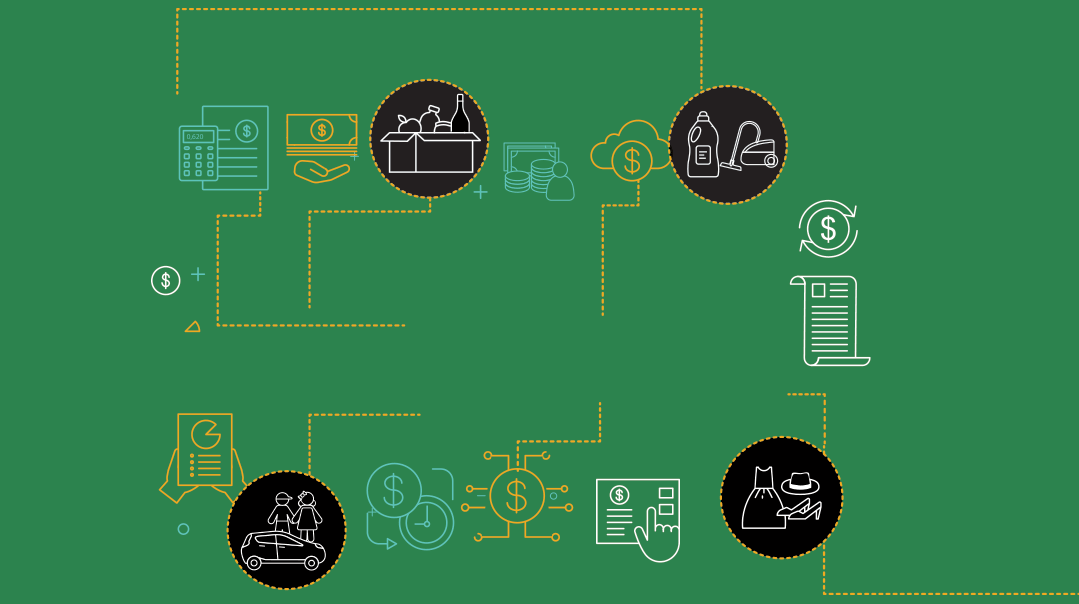Take the Pesach Budget Challenge

The FF Pesach budget challenge: three women tracked their Pesach expenses — then slashed them

On Pesach, we celebrate our nation’s freedom. But it can be hard to feel free when you’re worrying about paying off your credit cards... yet between groceries, clothing for the kids, and matzah, the bills keep mounting. Is there a realistic way to cut back on your Pesach expenses? Family First dared three women to find out
News Flash: Pesach doesn’t have to be a strain on your finances or your mental health, says financial planner Mara Strom of Kosheronabudget.com. How much you spend on Pesach is really a matter of choice.
Yes, you read that right.
Mara, a mother of three, personally knows the challenges of living on a tight budget — and still insists it’s possible to choose between “I can’t believe they charge this much, but I need it” servitude and financial freedom.
But can the nonfinancial planners among us do this? To find out, in 2018 Family First asked readers to track their Pesach expenses. In 2019, we selected three readers and asked if they’d be up for a challenge. The brave souls met with Mara, set new Pesach financial goals — then reported back after Yom Tov to let us know how it went.
One year later, here’s their experience.
Meet the Participants
Tamar
Location: Cleveland, OH
Family Size: 2 adults, 5 kids and a newborn in 2019, one adult guest
Years Making Pesach: 6
Cost of Pesach 2018: $3,500
2019 Goal: Spend $400 less and be less stressed and anxious over finances
Tamar’s Story: When we contact Tamar shortly before Pesach 2019, she informs us that she just gave birth a few days before! Still, chilled as iced tea, the Midwesterner says she’s still up for the challenge. Tamar usually uses her yearly tax refund to pay for her Pesach expenses — she files her taxes, gets her money, and funds her expenses from there.
This year, Tamar’s going to try to keep things simple, she says. She told her girls she wasn’t baking, but if they wanted to, they could. She also plans to take a year off from trying new recipes, sticking with the tried-and-true ones instead. No new recipes means no new (and expensive) specialty ingredients — and it also means less waste, since the family favorites she makes will be eaten, not left languishing on the counter.
Chaya
Location: Ramat Beit Shemesh, Israel
Family Size: 2 adults, 5 kids
Years Making Pesach: 10+
Cost of Pesach 2018: $2,800 (NIS 9,800)
2019 Goal: To plan and save so she won’t still be paying for Pesach expenditures months later — without taking away from simchas Yom Tov.
Chaya’s Story: Chaya, who made aliyah years ago, says she usually takes out tashlumim — deferred payments spread out anywhere from two to twelve months — to pay for her Pesach expenses. That strategy always feels fine, she says, “until the summer comes, and I realize I’m still paying off Pesach, and summer has its own expenses.”
After joining our Pesach challenge, Chaya decides to track all her expenses in Google Docs and spreadsheets. “I love keeping track of things, and this pushed me to do it,” she says. “It took up a lot of time I should have spent cleaning, but I was excited about it.”
Hanna
Location: Five Towns, NY
Family Size: 6 adults (Hanna, her husband, married daughter with husband, and two children over 18), 3 younger children
Years Making Pesach: 19
Cost of Pesach 2018: $4,000
2019 Goal: $3,000
Hanna’s Story: Hanna’s a New Yorker. You hear it in her accent and in the speed of her speech — and in her attitude, a certain no-nonsense, this is life, it costs money, and time is valuable. One reason for joining the challenge, she says, is because she often found herself dipping into savings to cover her Pesach costs.
In 2018, Hanna tells us, she pushed off her Pesach shopping until the beginning of April, then went on a one-day major shopping spree, storing all her receipts in a plastic baggy. Two weeks later she tallied them and went, “Oh, my gosh!” She’d hoped to spend a total of $1,000 on food for Pesach and had already spent $700 — and still had a lot more to buy. “That was an ‘Aha!’ moment for me,” she says. “I told myself, something’s gotta change.”
(Excerpted from Family First, Issue 684)
Oops! We could not locate your form.












